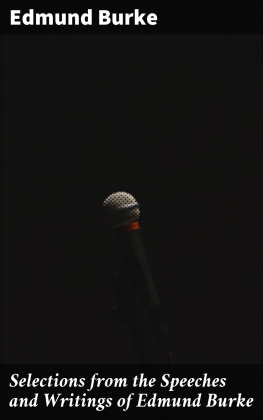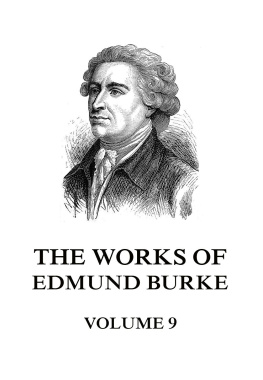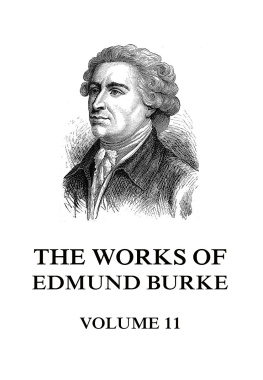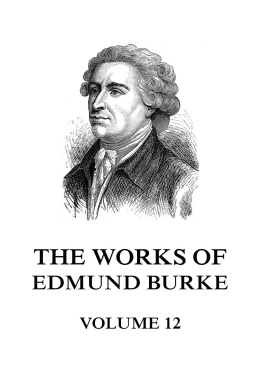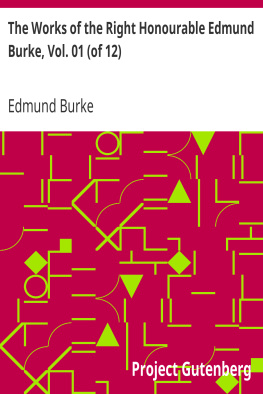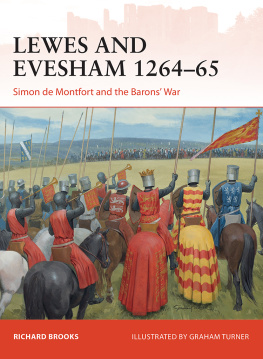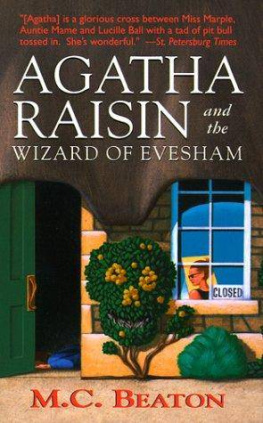CHAPTER I
INTRODUCTION
Yonder lies our ... villageArt and Grace are less and less:
Science grows and Beauty dwindlesroofs of slated hideousness!
LOCKSLEY HALL, SIXTY YEARS AFTER
Those who love with a deep reverence the work of their forefathers, whether because of the character and beauty of their handiwork, or from the historical associations which are indissolubly connected with it, cannot but regard with pain and abhorrence any cause which tends towards the demolition or destruction of the monuments of the past. To these it is a significant and distressing fact that hardly any modern English buildings or streets possess the qualities which give the value and charm to the old cities, towns, and villages of which we are the grateful inheritors. If any reader is inclined to doubt the truth of this statement, or to consider the sentiment expressed extravagant or groundless, let him consider the difference between the old towns and the new.
Evesham provides a typical and sufficiently striking instance of the contrasted methods and results. Here there is hardly an old house which has not a local and individual character. Many of them may be plain, severely plain, some possibly ugly; but in each can be read by all who will, a distinct and separate thought, or series of thoughts, connecting the dwelling with its builders and owners, and with the soil out of which it has sprung.
As the varying undulations of the face of the country tell a plain tale to the geologist, so the shape and materials of human habitations tell their story to the student of architecture and the history of man.
The poet Wordsworth pointed out that one of the great charms of the Lake country lay in the way in which the dwellings sprang out of the hill side, as if a natural growth born of the requirements of the peasant or farmer and the materials provided by nature. Throughout England this was once the case; no two houses were precisely alike because no two people had precisely the same ideas, wishes and requirements; and the material was dictated by the stone or timber provided by the district. Every building was in old times the combined expression of the individual man and the genius loci.
The timber cottages which are still to be found in the town tell of the time when tracts of the original forest still lingered, and oak was the cheapest material fit for building. Often the foundation of the walls is of stone, and the earliest stone to be used was that which could be had for the digging, the blue lias found in thin layers embedded in the clay of which the vale is composed. In the back streets which retain, as would be expected, more of their primitive character than the more respectable thoroughfares, this blue stone has been much used, and in the churches it can be seen in the earlier parts making a very pretty wall with its thin horizontal lines. The tower of the church of All Saints shows it to great advantage.
Another stone is also employed, and one far better suited for building, because it can be obtained in blocks of almost any size, and carved with the utmost delicacy. This is oolite, the stone of which the Bell Tower is built. From Norman times it was used in the more important parts of the Abbey, as is shown in the foundations of the great tower now exposed to view, and in Abbot Reginald's gateway. But the oolite stone could not be got much nearer than Broadway, and what was used by the monks in all probability came from the hill above that village. In numerous old houses this stone is made use of, but in almost all it must have come indirectly, having once formed part of the structure of the monastic buildings, or perhaps of the castle which for a short time flanked the bridge on the Bengeworth side of the river.
In the seventeenth century bricks came into fashion, and good clay for their manufacture was amply provided by the neighbourhood. To the end of the century belongs Dresden House in High Street, a fine example of the style of William the Third's time, built by a wealthy lawyer, who came to settle here, from the northern part of the county. Tower House in Bridge Street, probably of later date, is beautiful in its proportions and mouldings, the prominent lead spouts adding much to the general design. Unfortunately to this fashion for formality and brick-work, at a later period superseded by a covering of plaster, we must attribute the demolition of the older fronts, generally of timber, and often gabled and projecting, which gave such a pleasant irregularity to our old streets. Though formal and lacking in artistic qualities these Georgian screens have a certain historical value in showing that our little town was prosperous through the century, and able to support a decided air of respectability. But not without reason do we deplore the change.
The eighteenth century saw the beginning of the great development of machinery, and in these Georgian house fronts, the productions of a mechanical age, we see the deterioration of popular architecture. Every line is rigid and without human feeling: the style, where any exists, is exotic, not national or local; classical, not vernacular. It is a learned importation, not a popular growth. The mason has dwindled into an unreasoning tool in the hands of the architect; hence the lack of personality, the absence of charm; and only in rare instances has the architect proved himself capable of supplying those qualities of design and proportion which to some slight degree compensate for the loss of interest on the part of the craftsman.
In almost all buildings the roof is a prominent feature. In Evesham the old roofs are all made of oolite "slats," and as these are split irregularly, we have tiles of various sizes and slightly varying in shape. In roofing the plan was to place all the large tiles below, and to decrease the size gradually towards the ridge, the result being most pleasing to the eye. Besides the interest given by irregularity, the delicate silver grey of the oolite roofs, varied with tints of moss and lichen added by time, produces an effect unsurpassed by any other form of roof covering. Even the clay tiles, introduced at a later time, take their place when mellowed by sun and rain; and these throw into unpleasant relief the modern glazed Staffordshire ware which resists all softening influences. The Welsh slates, too, before perfect mechanical regularity was obtained, made a pretty roofing, though they, of course, have no local interest here.
No one would wish to dwell long on the opposite side of the contrast. We have already traced the beginning of the decline of domestic architecture, and the present condition follows as a natural development. In recent years the town has spread in every direction that is possible. In the centre is the Evesham of the past, the Evesham our forefathers built and our fathers knew. But it is encircled by streets and houses which are not the product of the vale, nor are they marked by any individual character. Rows upon rows of dwellings, symmetrical, mechanical, and monotonous, can give no pleasure to the eye, nor can the mind read in them any story save the commercial enterprise of a commercial age.




